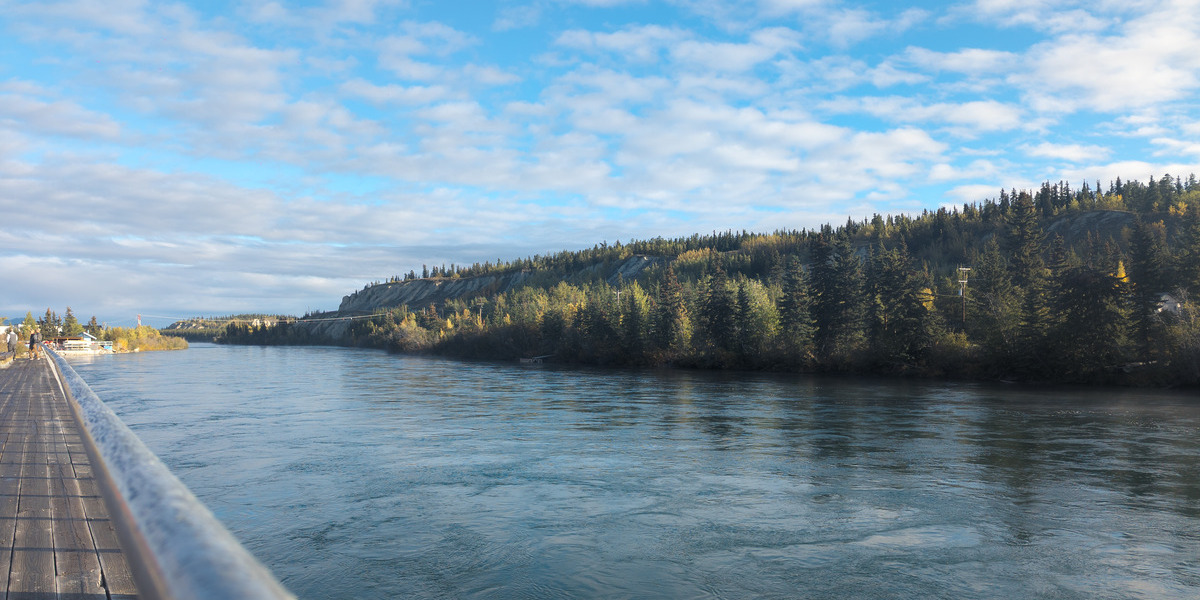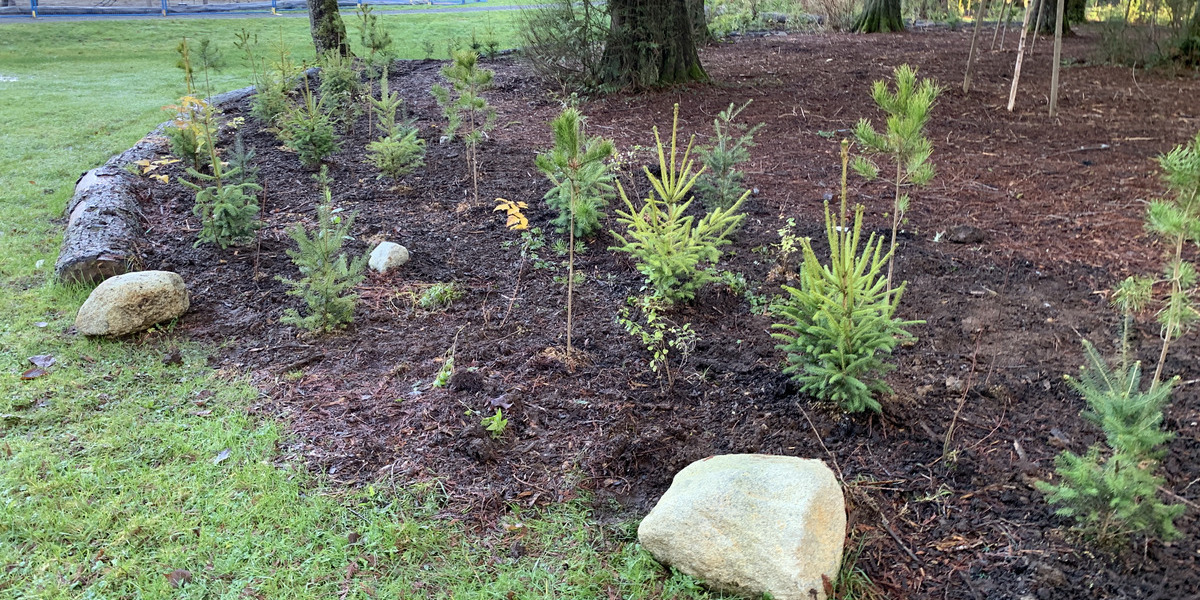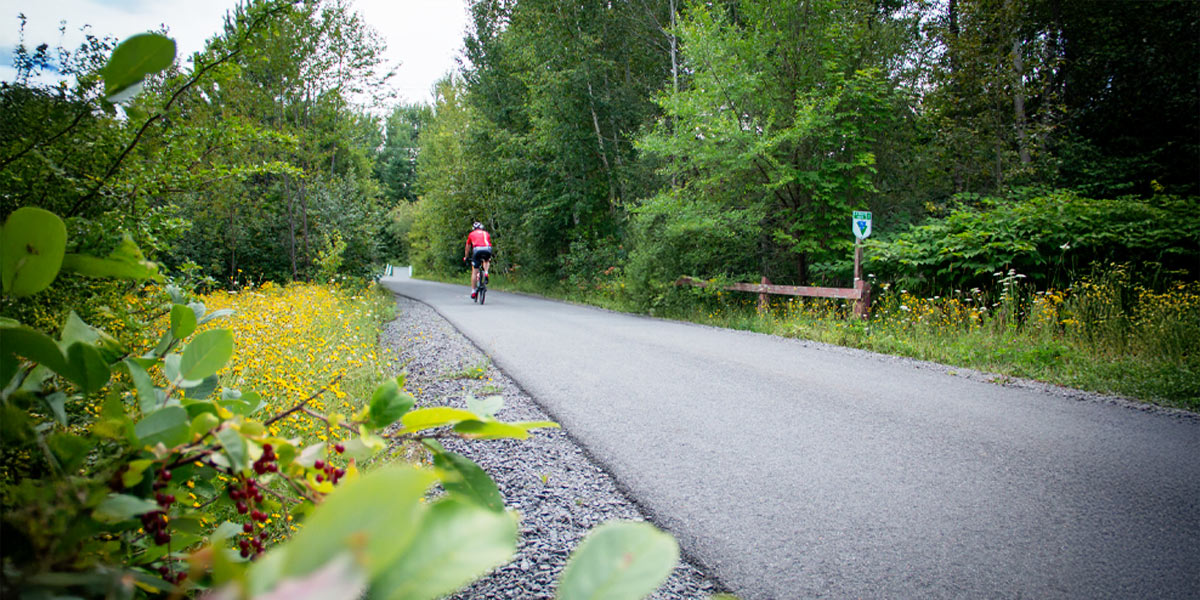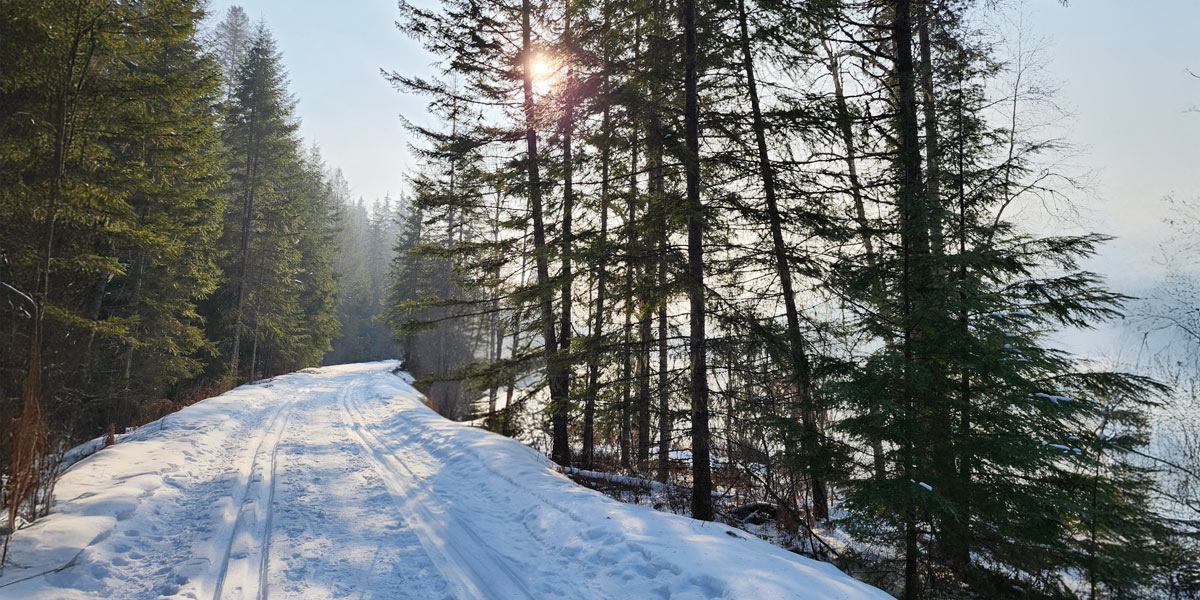Walking Alongside Black History on the Trans Canada Trail
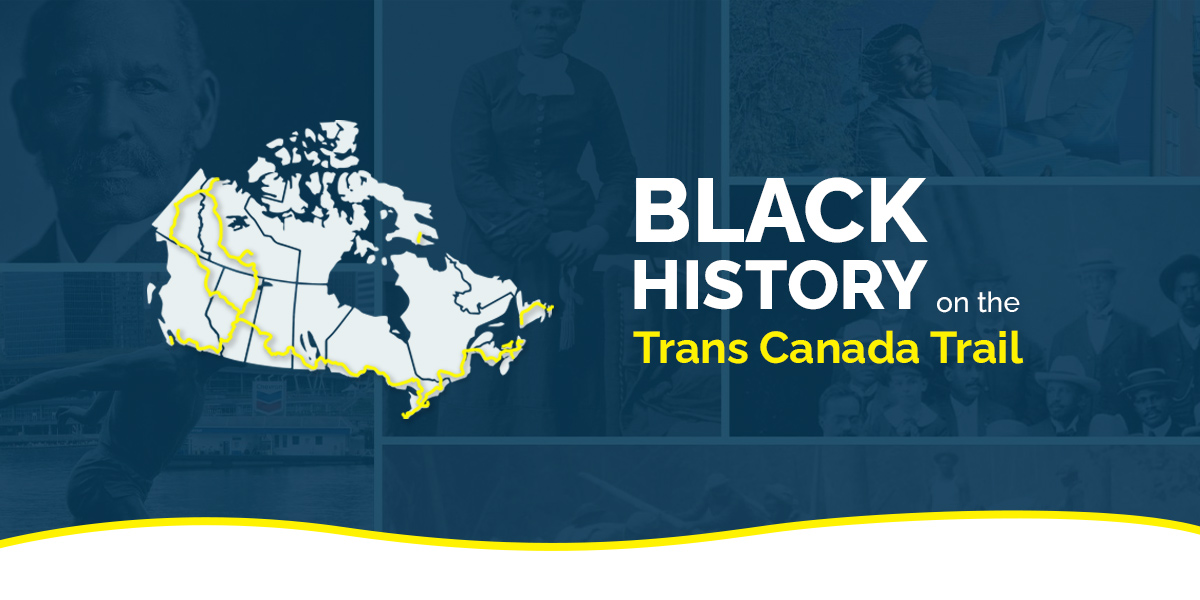
Suggested itineraries to explore and reflect
Black History Month is a time to reflect on the history of Black communities across Canada and throughout the world, to celebrate and recognize the achievements of Black people across the country, and to highlight the lived experiences of these communities.
We believe that Black history should help inform our daily lives, as we all work to better understand our collective past, and as we look towards building a more equitable and inclusive future. This collective past includes looking at how Black communities were established and thrived despite racist laws and societal injustices. The effects of those injustices continue to be felt to this day. We encourage everyone to learn more — and celebrate — the diversity of Black communities across the country, and to listen and be open with one another.
We’ve put together our suggestions for some short walking itineraries, based on sites of interest in several spots across Canada. Here, you’ll find suggested spots to explore in Vancouver, BC; the Niagara region in Ontario; Montreal, Quebec; and throughout the Annapolis Valley, Nova Scotia. Take a look at our suggestions, and please feel free to be in touch to add your own — we know this is just a small portion of what’s out there!
Please note that some of the information discussed below touches on topics including violence, systemic racism and injustice.
Vancouver, British Columbia
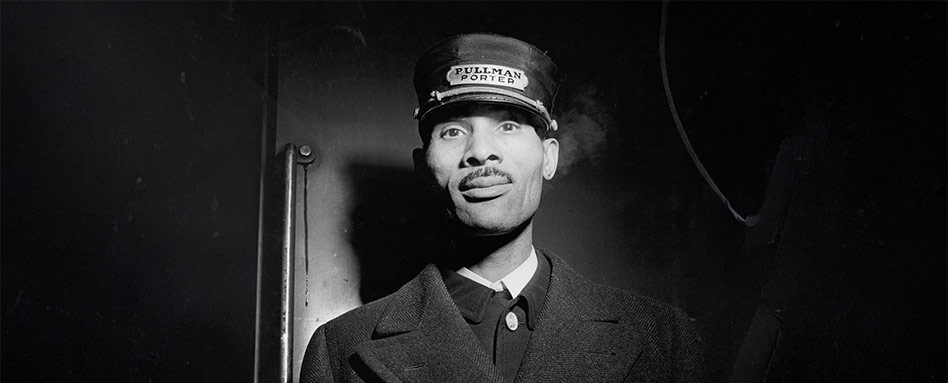
The Strathcona neighbourhood of Vancouver is home to several sites of significance in Black history. Hogan’s Alley, along the City of Vancouver Trail, was the home of Vancouver’s first and only Black community in the first half of the 20th century. Check out Black Strathcona for a suggested interactive walking tour in the area.
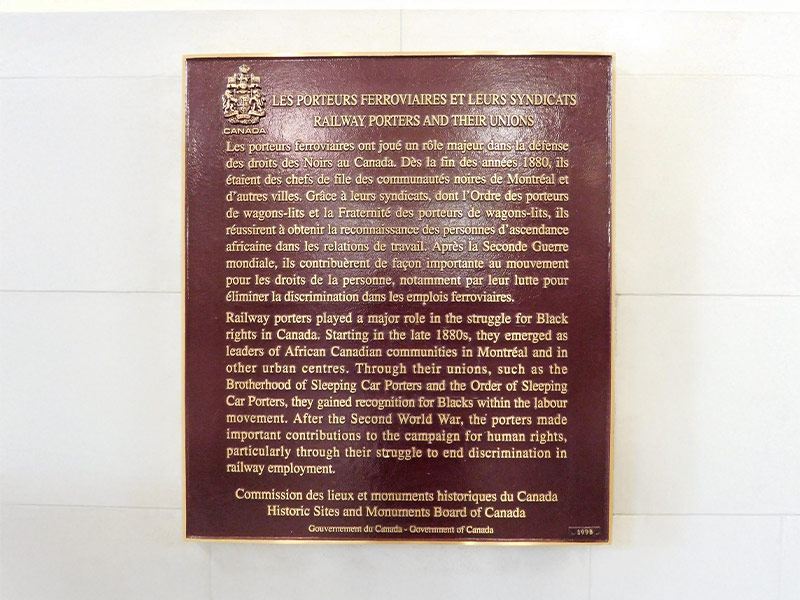
From Hogan’s Alley, make your way to Pullman Porter Street, next to the Canadian National train station. Black sleeping car porters played a significant role in the history of the railway and of Black labour across Canada. Pullman Porter Street pays homage to that history. The 1945 contract between CP Rail and the Brotherhood of Sleeping Car Porters signified the first time an agreement was signed between a union organized by Black men and a Canadian company.
Fort Erie to Niagara Falls, Ontario
The Niagara region has a long and storied past, including several sites of interest pertaining to Black history. While you could easily spend days – and cover over 100 kilometres – exploring the area’s sites of interest, we’ve identified a few stops along the way where you can take shorter walks.
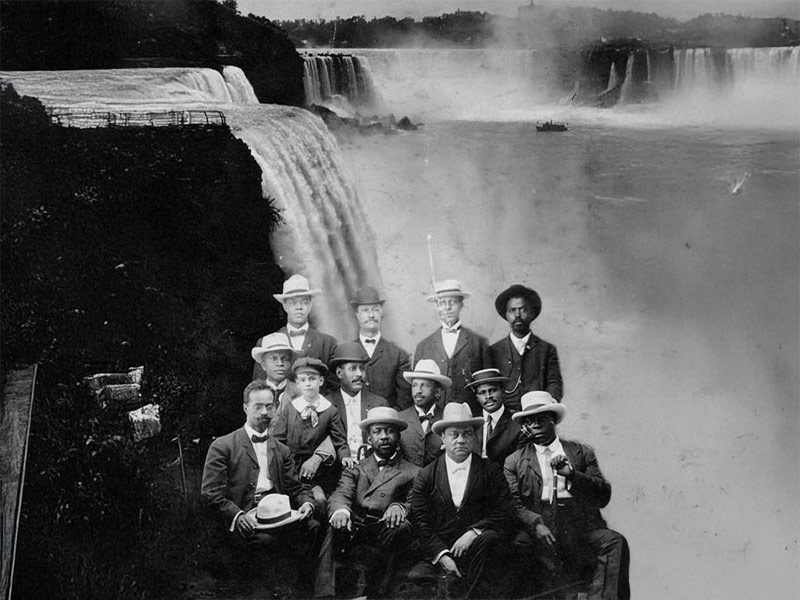
At the intersection of the Friendship Trail and Niagara River Recreation Trail, Fort Erie is home to several sites relating to Black history. In the 1840s and 1850s, Fort Erie was a transit point for the Underground Railroad. The Fort Erie Beach Hotel was also home to the Niagara Movement, a 1905 gathering led by W.E.B. Du Bois that acted as a precursor to the NAACP. The hotel was on the site of Waverley Beach Park, along the Trail.
Not far from there, just off the Trail, you’ll find Niagara’s Freedom Trail, which honours the estimated 40,000 enslaved people who came into Canada via the Underground Railroad. Find a plaque honouring the area’s history at 108 Lakeshore Road, Fort Erie.
Continue northward along the water to the Bertie Street Ferry landing – the longest-operating ferry dock used by freedom seekers. At this site, thousands of fugitive, enslaved people arrived in Canada. Today, the site is called Freedom Park and is marked by a plaque honouring that history.
Niagara Falls to Niagara-on-the-Lake, Ontario
A few hours’ walk north, still along the Niagara River Recreation Trail, you’ll find a plaque paying homage to Harriet Tubman. Most readers will be familiar with Harriet Tubman’s name and history – she was a former enslaved person and famous abolitionist who played a major role in the Underground Railroad. Find the plaque in her honour, located south of the entrance to White Water Walk along the Trail.
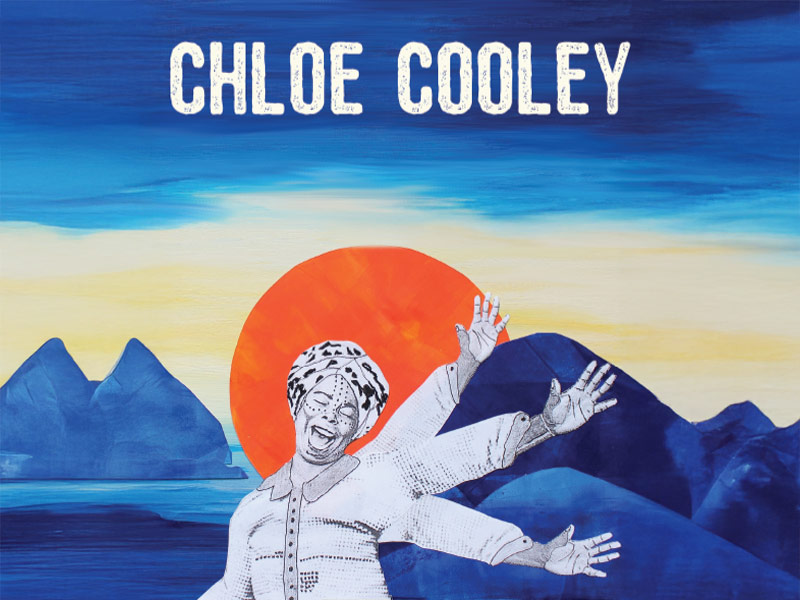
Even farther north, along the Niagara River Regional Trail at Queenston Heights, you’ll find a monument to Chloe Cooley. On March 14, 1793, Chloe Cooley, an enslaved Black woman living in Queenston, was bound, thrown in a boat and sold across the river to a new owner in the United States. Two men heard her screams and resistance, and recounted the incident to Lieutenant Governor John Graves Simcoe, who moved to abolish slavery in the new province. Despite Simcoe meeting opposition in the House of Assembly, an act was passed on July 9, 1793, that prevented the further introduction of slaves in Upper Canada. It was the first piece of legislation in the British Empire to limit slavery. Chloe Cooley was designated a National Historic Person in 2022.
Continue northward to Niagara-on-the-Lake. The town has created a Voices of Freedom walking tour itinerary, on and off the Trail, if you’d like an in-depth, self-guided walking tour to explore the significant Black history sites in the area.
Montreal, Quebec: Little Burgundy
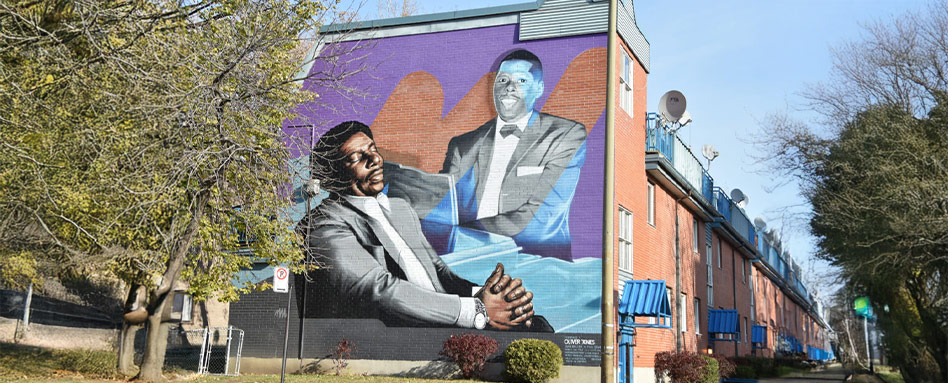
Start out at the Union United Church at the corner of Atwater and rue Delisle, a few blocks’ walk from the Lieu historique national du Canal-de-Lachine Trail. It’s the oldest church serving Montreal’s Black community. After a congregation formed in 1907, the current church was built in 1917, in the heart of Montreal’s Little Burgundy neighbourhood – home to 90% of Montreal’s Black community at the time and known as “Harlem of the North.”
Continue through the neighbourhood of Little Burgundy, which was also home to a thriving jazz scene. The neighbourhood’s jazz history is celebrated through a series of murals: an homage to Oscar Peterson at the corner of Saint-Jacques and des Seigneurs; another to Oliver Jones at the corner of Lionel-Groulx and Georges-Vanier; and the Parc des Jazzmen, a small city park that recognizes the area’s heritage.
Montreal, Quebec: Downtown
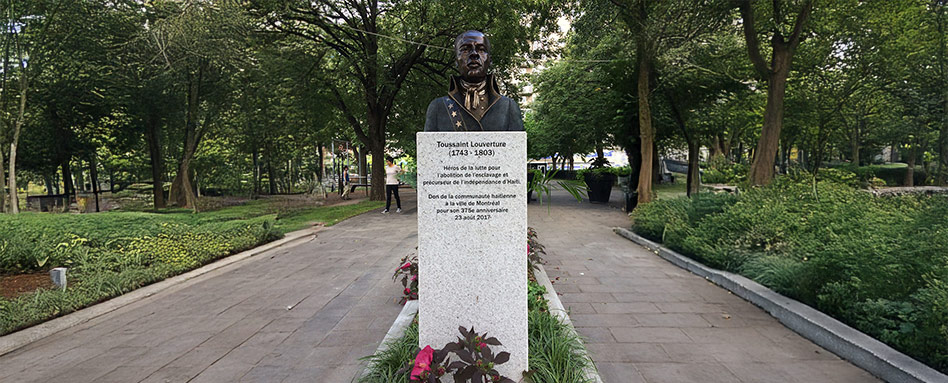
Link up with the Ville de Montreal Trail and follow it east towards the Old Port. Directly on the Trail, you can find Place Marie-Josèphe-Angélique. Marie-Josèphe Angélique was an enslaved woman who arrived in Montreal in 1725, and in 1734, was accused of starting a fire that spread to several buildings in Old Montreal. Despite little evidence, she was tortured into confessing, then sentenced to death and hanged. Approximately 10 minutes’ walk south, just around the corner from the Trail, at the intersection of Vaudreuil and Sainte-Thérèse streets, a plaque was installed in her honour.
Even farther east in the city, just a short walk from the Ville de Montréal Trail where it heads north on Berri Street, you’ll find a park and monument named for Toussaint Louverture. Toussaint Louverture was a former enslaved person who became the figurehead of the Haitian revolution. He is celebrated as an abolitionist and founding father of Haiti. Today, Montreal is home to the largest Haitian Canadian population in Canada.
Annapolis Valley, Nova Scotia
Spanning the length of Nova Scotia’s Annapolis Valley, the Mathieu da Costa Heritage Trail honours its namesake, Mathieu da Costa, a multilingual interpreter and explorer of African descent who travelled throughout Atlantic Canada in the late 16th century.
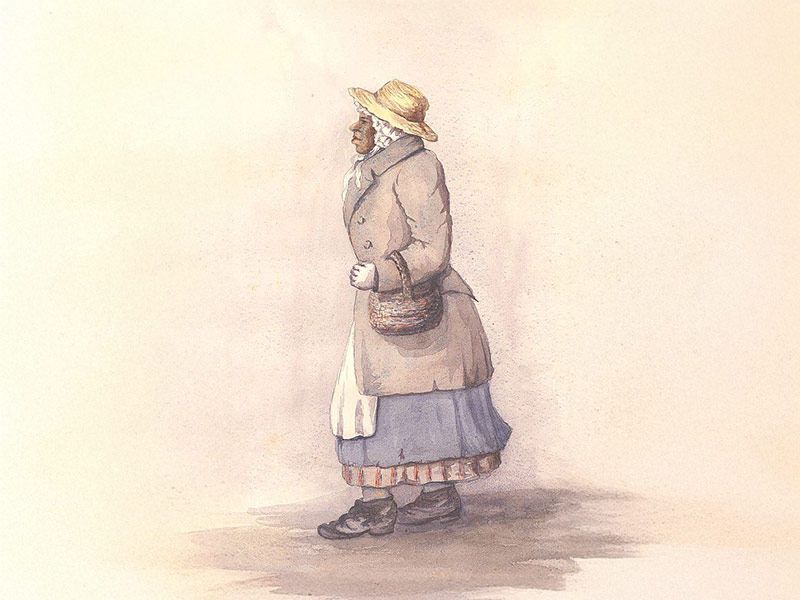
You’ll find interpretive panels about several individuals from Nova Scotian African culture and history. In Annapolis Royal, near the Trail, an interpretive panel pays homage to Rose Fortune, who at one time was a single-handed police force for the town. In Wolfville, you’ll find a panel about W.P. Oliver, an educator and community leader. Several of the interpretive panels on the Mathieu da Costa Heritage Trail can be found near the Harvest Moon Trailway.
Looking for more sites of interest pertaining to Black history along the Trans Canada Trail? Check out our interactive StoryMap here.
Photo credits: All images are public domain with the exception of the poster image of Chloe Cooley. Credit: Naomi Moyer.



